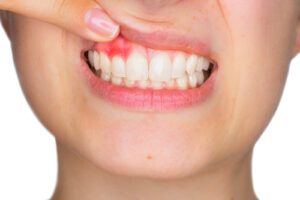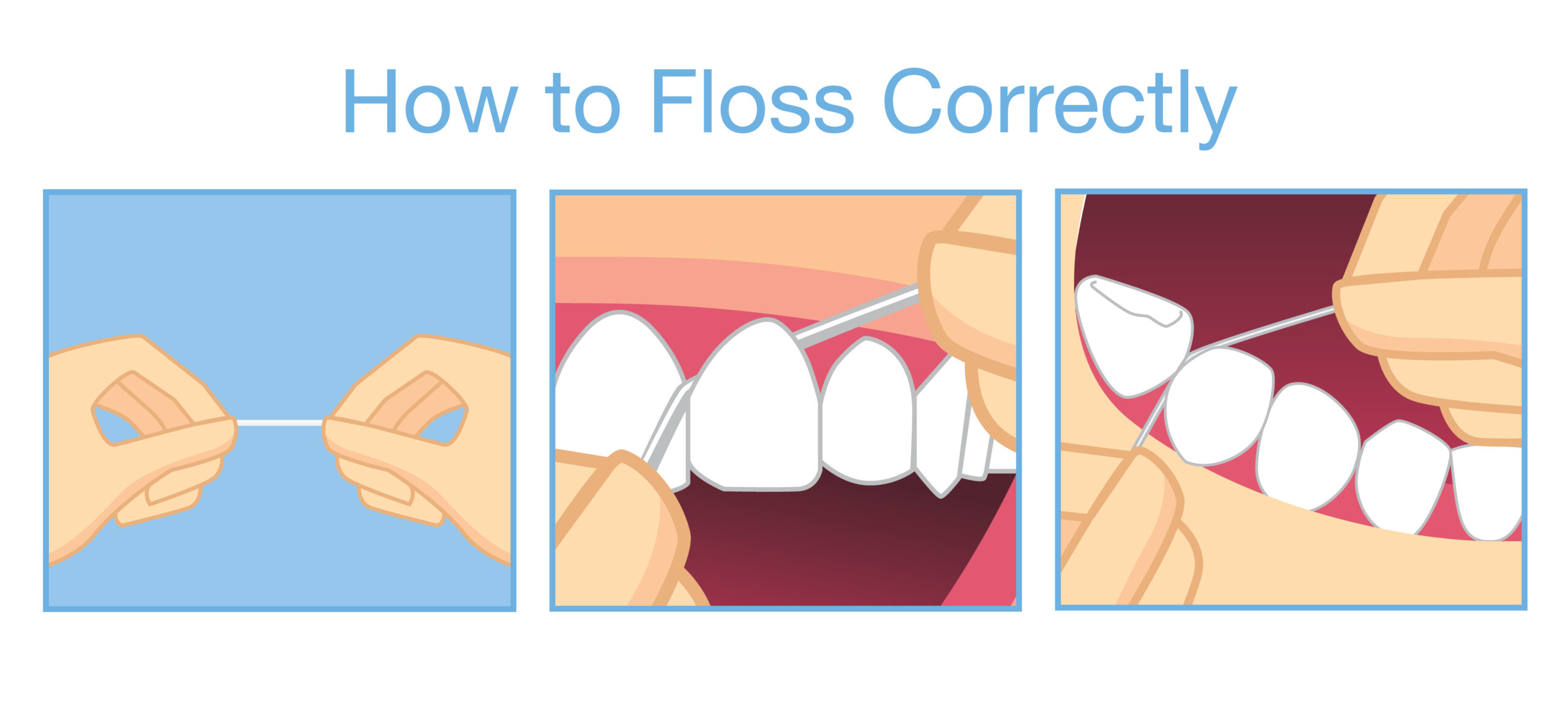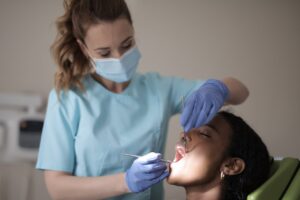How Can I Improve the Health and Appearance of My Gums?
 Over the past year, many people have either avoided going to the dentist or been unable to due to COVID-19 restrictions in their area. This has led to an increase in gum problems, namely gingivitis. If you monitor the appearance of your mouth, teeth and gums, you might have noticed some changes over the last year without dental care. When it comes to gum tissues, changes in appearance usually equate to changes in health, so it is important not to ignore them.
Over the past year, many people have either avoided going to the dentist or been unable to due to COVID-19 restrictions in their area. This has led to an increase in gum problems, namely gingivitis. If you monitor the appearance of your mouth, teeth and gums, you might have noticed some changes over the last year without dental care. When it comes to gum tissues, changes in appearance usually equate to changes in health, so it is important not to ignore them.
What is Gingivitis, and What Does it Look Like?
Gingivitis strictly means inflammation of the gums. It may present with one or more of the following signs in the mouth: tenderness, redness, swelling, and a tendency to bleed. The primary cause of gingivitis is always dental plaque accumulation on the teeth, both above and below the gums. There are secondary causes that can increase your risk for gingivitis, but their ability to cause gingivitis comes from their effect on plaque buildup.
You may spot areas of gingivitis inside your mouth as areas where the gums look swollen or puffy. They will typically be bright red instead of a healthy, pale pink. Gingivitis makes the gums overly sensitive, so it is likely that they will bleed when you brush or floss. Needless to say, this puffy, red, bleeding appearance is not attractive.
Not only is it unattractive; it is unhealthy.
The dental plaque that causes gingivitis is a bacterial infection in the gums. Over time, it leads to long-term inflammation, which taxes the body’s defense system, making you more susceptible to illnesses.
What Can I Do About Gingivitis?
Reversing gingivitis is possible, and it requires a two-sided approach. This means you work in conjunction with your dental professionals. You do your part at home, and they do their part in the dental office. When you work together, you can reverse gingivitis and prevent any relapse!
Home Care
When we say “home care”, we mean your oral hygiene routine that removes dental plaque from the teeth and gums on a daily basis. A good oral hygiene routine is one that is both consistent and effective.
- Consistent – Brushing and flossing every single day is essential to good home care. Plaque accumulates on the teeth literally every hour. It contains bacteria, food debris, and exfoliated tissue cells from the lining inside our mouths. It does not stop! So you cannot take a “break” from brushing and flossing. A good home care routine must occur every 24 hours at a minimum.
- Effective – Did you know it is possible to brush and floss every day and not remove the plaque from your teeth? This is because technique matters. The way that you brush and floss has an effect on your ability to remove plaque. You cannot simply go through the motions and expect it to work. There are great videos online demonstrating effective brushing and flossing techniques. The best demonstrations always come from your dental hygienists, Phyllis and Nancy, who know your teeth and your unique areas of plaque buildup. Ask for a demo at your next visit!
Brushing
When brushing your teeth, it is important to use a soft-bristled toothbrush so that you remove plaque without damaging your teeth. You can opt for manual or electric. Many find that they prefer the electric toothbrush because it makes brushing simpler and removes more dental plaque. As long as it has soft bristles, we don’t care whether it is manual or electric. Make sure that you brush in such a way that the bristles sweep the gumline of each exposed surface of every tooth!
Flossing
Flossing is the best way to remove plaque from between the teeth where toothbrush bristles do not reach. (Don’t argue with us. They don’t!) If you absolutely cannot floss, you can remove some dental plaque between the teeth with a water flosser, like WaterPik. But we really recommend flossing. We know that no one likes flossing, but when you make it part of your nightly routine, it should take you less than two minutes. It costs almost nothing, and it takes less than two minutes, but it can add up to six years to your lifespan!
Additional Home Care
Many people add a mouthrinse, interdental brushes (like GUM’s Soft Picks), and a water flosser to their oral hygiene routine. All of these things can be wonderful adjuncts, but they do not take the place of brushing and flossing. Ask Dr. Ann which type of mouthrinse you should use. Your hygienist can give you recommendations for any other oral hygiene accessory that can help you remove dental plaque more effectively. We want to help you perform the best home care possible!
Professional Dental Care
 Having healthy gums that look pretty also requires care from your dental team. Great home care is essential for keeping your teeth clean between your dental visits since plaque builds up every single day. At your professional teeth cleaning, Phyllis and Nancy will remove every bit of plaque and tartar buildup from the teeth, essentially giving you a clean slate inside your mouth.
Having healthy gums that look pretty also requires care from your dental team. Great home care is essential for keeping your teeth clean between your dental visits since plaque builds up every single day. At your professional teeth cleaning, Phyllis and Nancy will remove every bit of plaque and tartar buildup from the teeth, essentially giving you a clean slate inside your mouth.
They will also note signs of risk factors for dental diseases like cavities and gum disease. Catching warning signs is an important part of preventive dentistry. We love giving our patients the education and tools they need to stop dental problems before they start.
If you dislike the appearance of your gums, not because they have gingivitis, but because they do not look like they are in the right place, talk with Dr. Ann about your cosmetic options. Gum recession can make teeth appear too long, and we can correct that problem with gum grafting.
Some people have the opposite problem, with too much gum tissue covering the teeth and making them appear too short. In these cases, we can remove the excess gum tissue and reveal the underlying teeth for a beautiful smile!
More Questions about the Health and Appearance of Your Gums?
Call Designer Smiles today to schedule a professional teeth cleaning with Phyllis or Nancy or to schedule a consultation with Dr. Ann. We can answer any questions you have and get you back on the road to healthy gums!
